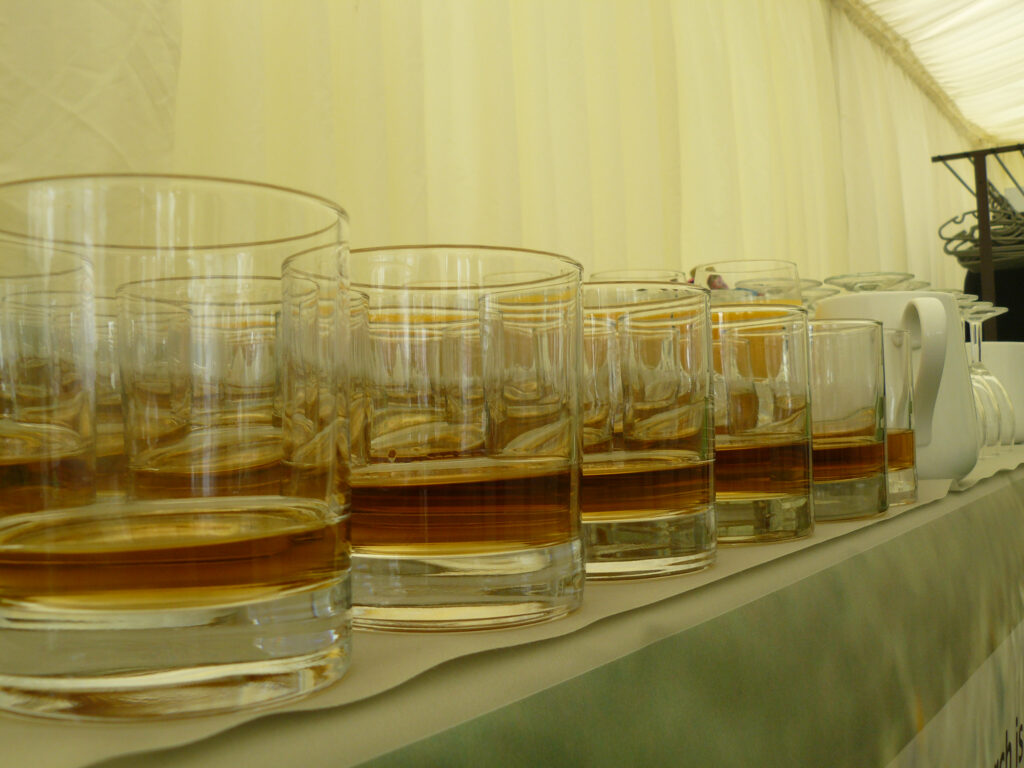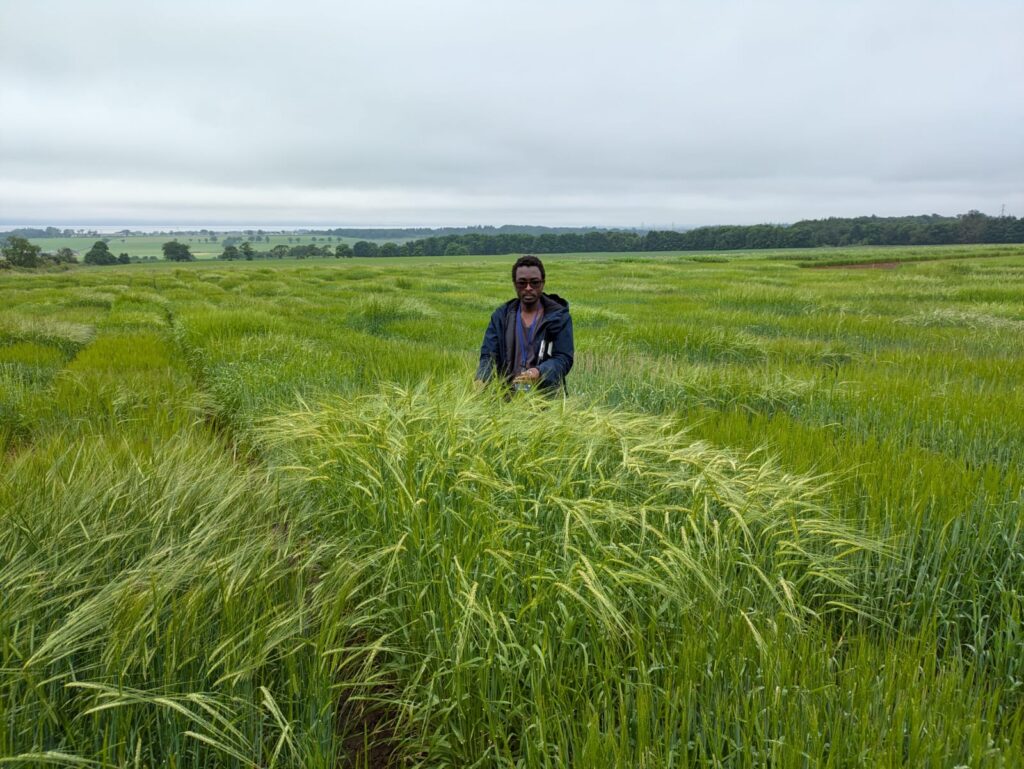Can we increase whisky production while protecting the earth? In other words, can we have our cake and eat it too?
Did you know that up to 44 bottles of Scottish whisky are exported around the world every second? That’s a whopping 1.4 billion 70cl bottles exported each year. Scotch generated £7.1 million in gross value added (GVA) to the UK’s economy in 2022. It also supports at least 66,000 UK jobs, 41,000 of these being in Scotland.
So, should we be making more Scotch?
Making whisky requires barley grain. Barley plants require adequate nourishment to bear enough grain. Nourishment comes mainly in form of nitrogenous mineral fertiliser. About 24 grams (g) of mineral fertiliser are currently used to produce the approximately 1.5 kg of barley grain required for making one bottle of Scottish whisky.
The machinery used in manufacturing, transporting, and applying these 24 g of fertiliser to the soil, along with the emissions from the un-utilised proportions of the same 24 g in barley fields, amount to approximately 1.155 Kg CO2 emissions per bottle produced from this barley.
When added to emissions from related farm operations, grain and whisky transportation, processing, and Scottish whisky sales, the value chain’s contribution to greenhouse gas emissions is further magnified, enhancing climate change and its detrimental effects. Yes, with more Scottish whisky comes contributions to global warming!

Can we have our cake and eat it too?
Yes, if we grow nitrogen use efficient (NUE) barley plants, we can make more Scottish whisky without harming our environment. NUE barley plants can bear sufficient amounts of grain using lower amounts of mineral fertiliser. We need to be sure though, that such grain can still meet the standards for making good Scotch.
How do we start then?
Well, what if we gathered as many types of barley as we could get from all over the globe and grew them using lower amounts of mineral fertiliser than we currently do? We would then score them as they grow for behaviours that we desire in a plant that will eventually produce good amounts of grain.
A great example of such desired behaviour is medium-height plants that are able to flower faster than others, because these plants get more time to produce good quality grain before they die off. Their height also means that they spend more of the reduced fertiliser inputs to feed their grain instead of growing tall, not to mention the fact that they don’t easily fall over on a windy day.
We would eventually harvest these different barley types and then ask – how good is the grain for making Scottish whisky? To get the answer, we would look at how chunky the grains are. The chunkier the better! Chunky grain contains more sugar and protein than skinny grain, and it’s this sugar and protein that we need to make Scotch. To further confirm how good the grain is, we would test and compare its sugar and protein with industry standards, before actually malting and distilling it into spirit.

Finally, we would compare how the volume and flavour of spirit made from such grain compares to what is already on offer. With this information, we would be able to select types of barley from this global collection that give us sufficient good quality grain for making Scottish whisky with reduced amounts of mineral fertiliser.
Once we identify such barley types, we could dig into their DNA and look for the genes that enable them to perform so well with low amounts of mineral fertiliser. If we passed on this information to barley breeders, they could embark on developing as many green barley types as possible across the globe. For greener Scotch!


Well, when do we start?
The good news is we have already started.
We grew 262 different types of barley from all over the globe using reduced and normal amounts of mineral nitrogenous fertiliser in the spring of 2023 and 2024. Despite seeing better field behaviour like good plant heights and higher grain yield under normal nitrogen rates, plants grown under reduced nitrogen rates bore chunkier grains.
We think that plants grown under reduced nitrogen invest greater levels of sugars into their grains, since they bear comparatively fewer grains than their well-nourished counterparts. Given the huge sugar and protein deposits, such grain would germinate faster into very vigorous seedlings if planted out or sprouted during malting for Scotch.
We’ve already pinned this behavior to parts of the plants’ DNA and have embarked on the next step, confirming if the amounts of sugar and protein in these seemingly better grains meet Scotch industry standards. We will malt and distill this grain to check its spirit yield and resultant spirit flavor profiles. Throughout the process, we will ensure to relate good performance to the plants’ DNA to see which genes control this much desired behaviour.
Then we can have our cake and eat it too!

Blog by Media Officer, Joyce Reid, joyce.reid@hutton.ac.uk and George Epaku, The James Hutton Institute
Disclaimer: The views expressed in this blog post are the views of the author, and not an official position of the institute or funder.
